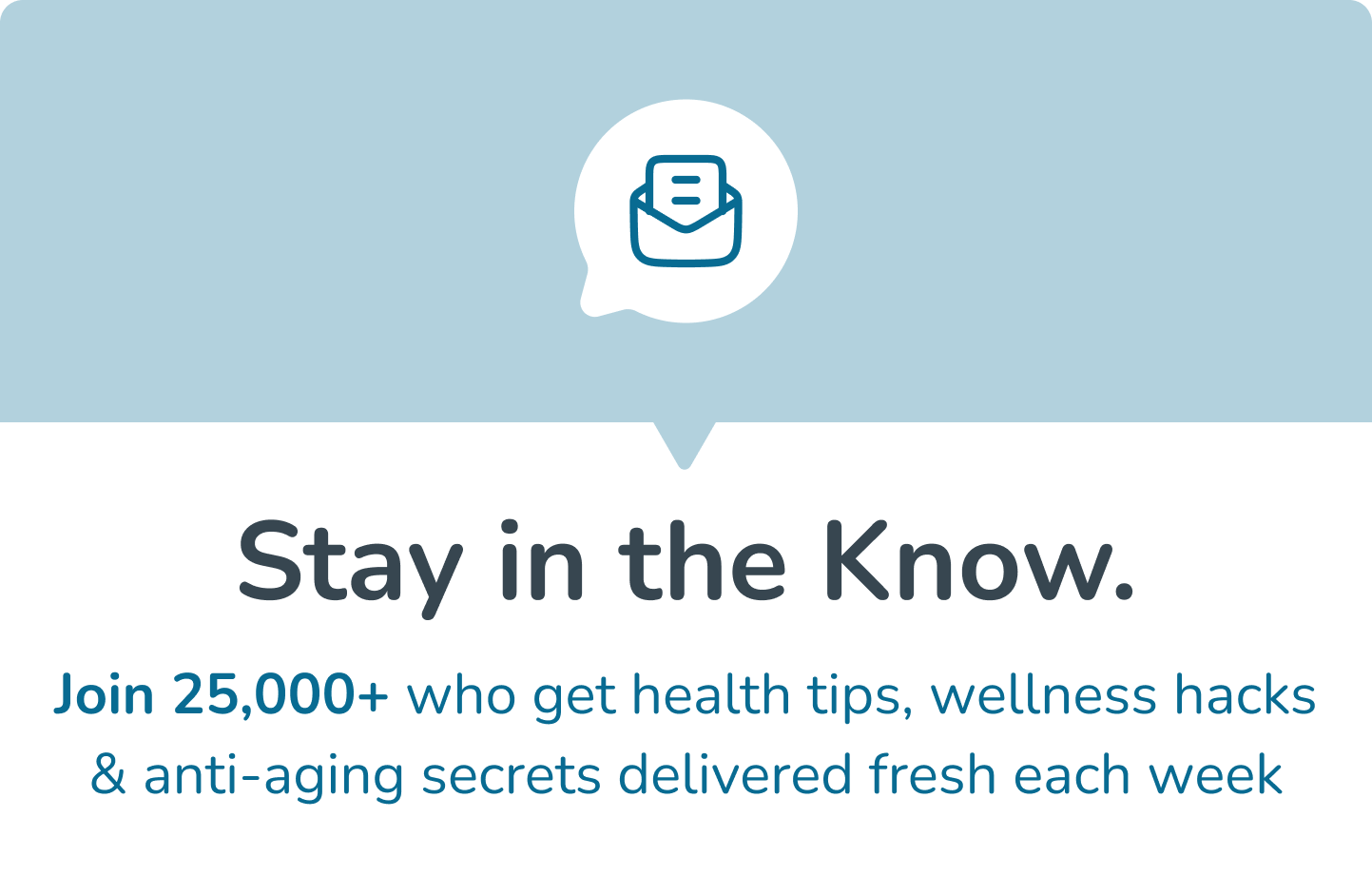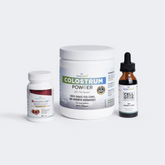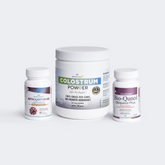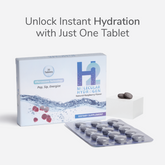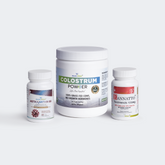Estimated Reading Time: 4 minutes
|I’ll tell you a real story first.
A few months ago, my dear friend Mia, always upbeat, super-organized, and the go-to person for advice, confided something over coffee. She was exhausted. Not just tired-from-work exhausted, but fatigued, snapping-at-small-things, can't sleep-even-when-tired kind of exhausted.
"I think my body is running on stress," she laughed nervously. She kept whining about how everything had changed. She had been dealing with chronic stress from juggling work, family, and her side hustle. She experienced brain fog, weird weight gain around her belly, and mood swings, and no matter what she did, she just couldn’t get rid of the fatigue. While talking to her was the first time I heard the phrase “cortisol overload.”
After some digging and visits to her doctor, the verdict was that her cortisol levels were through the roof. So, she discovered the Cortisol Detox Diet, a gentle, natural approach to reset the body’s stress response and regain calm and energy.
Let me walk you through what she did (and yes, eventually, I too joined her!).
What Is Cortisol, Really?
Here’s how her doctors explain cortisol:
Cortisol is often referred to as “stress hormone.” Your adrenal glands produce it, and it plays a crucial role in managing metabolism, blood sugar, inflammation, and, you guessed it, your stress response.
However, when cortisol levels stay high for too long (due to chronic stress, poor diet, or lack of sleep), it messes up everything. Think: belly fat, anxiety, insomnia, cravings, brain fog, and even hormonal imbalances. All these are outcomes of high cortisol levels.
This is where the cortisol detox diet comes in: a science-backed approach to support your body in naturally lowering cortisol levels.
What is the Cortisol Detox Diet?
The cortisol detox diet is not a juice cleanse or a crash diet. It’s more like a healthy lifestyle shift that helps balance your hormones and reduce stress from the inside out.
Mia followed a cortisol detox diet plan that focused on:
-
Anti-inflammatory, whole foods
-
Blood sugar balance
-
Adaptogenic support
-
Gentle detoxification
-
Better sleep and relaxation
Let’s have a look at what her days looked like:
Mia’s Cortisol Detox Diet Plan
1. Morning: Calm Start, No Coffee First
Earlier, Mia used to jump out of bed and head straight for her coffee. But now, she starts her day with warm lemon water. A bit later, she has a protein-rich breakfast, such as scrambled eggs with spinach and avocado toast.
Caffeine on an empty stomach can spike cortisol, so she waits an hour or two before having a cup of green tea.
2. Foods That Lower Cortisol
Now, her meals are more focused on:
-
Leafy greens & cruciferous veggies (like broccoli, kale, arugula)
-
Healthy fats (avocados, olive oil, walnuts)
-
Wild fish & pasture-raised meats
-
Berries, citrus fruits (vitamin C helps reduce cortisol)
-
Whole grains (like quinoa, oats)
She’s completely cut out refined sugar and white flour. These both can secretly fuel your stress.
3. Adaptogens & Supplements
Mia also started with ashwagandha and rhodiola, two adaptogenic herbs that help balance cortisol and support adrenal health.
Additionally, she also tried magnesium supplement and a high-quality B-complex vitamin, both essential for calming the nervous system.
4. Aim to Sleep Better
Sleep is the secret weapon against high cortisol. That’s right. So, Mia started winding down by 9 PM, though it took some effort at first. She created a calming sleeping environment with soft lighting, herbal tea, soft lighting, and no screen for at least an hour before sleeping.
She also used calming music and breathing exercises to help her fall asleep. One of the best tips that helped me as well is to maintain a consistent sleep schedule. These small changes made a big difference.
5. Movement That Doesn’t Drain
Instead of high-intensity workouts, she’s switched to yoga, walking, and Pilates. Too much cardio can actually increase cortisol, so gentler movement is the key.
The Results?
Within 2 weeks, Mia experienced improvements in her health. She noticed:
-
Better sleep
-
Fewer sugar cravings
-
More energy during the day
-
A calmer, less reactive mood
And by week 4? She said she “felt like herself again.” Even her stubborn belly bloating began subsiding.
Also Read: Signs You Have High Cortisol as Mom
What’s the Science Behind the Cortisol Detox Diet?
Let’s talk about the science behind this diet for a deeper understanding. Studies show that:
-
High cortisol levels are linked to insulin resistance, weight gain, and immune dysfunction.
-
Whole foods, magnesium, omega-3s, and adaptogens all help lower cortisol levels.
-
Regular sleep-wake cycles regulate your adrenal rhythm and cortisol production.
This isn’t just some random Insta-picked woo-woo diet; it’s a lifestyle change backed by science.
A Friendly Note Before You Start
If you’ve been feeling a little too tired, anxious, or just can’t seem to fully relax, even when you’re doing all the right thing, your cortisol levels may be the reason. The cortisol detox diet isn’t a strict or complicated plan. It’s more about making simple changes that help your body feel calm and healthy.
Mia said, “It wasn’t just changing what I ate; it was about finally letting myself slow down and breathe.”
And that’s really what this is all about: creating space for your body to heal from the inside out. The cortisol detox diet isn’t a quick fix. It’s a way to slow down, eat better, and understand your body’s signals. By focusing on the right foods, habits, and relaxing techniques, you can reset your stress response and start feeling good again.
Disclaimer: These statements have not been assessed or evaluated by the Food and Drug Administration. The supplements listed above are not intended to diagnose, treat, cure, or prevent any disease. The findings are solely based on preliminary research and ongoing studies. Individual results after trying these health tips and measures may vary.











![Why Am I So Tired? The Science Behind Fatigue During Perimenopause [And What Actually Helps]](http://wellnessextract.com/cdn/shop/articles/fatigue_during_perimenopause_ec4b6073-aabe-4e69-bb43-59fc96146afb_165x.webp?v=1763527391)





